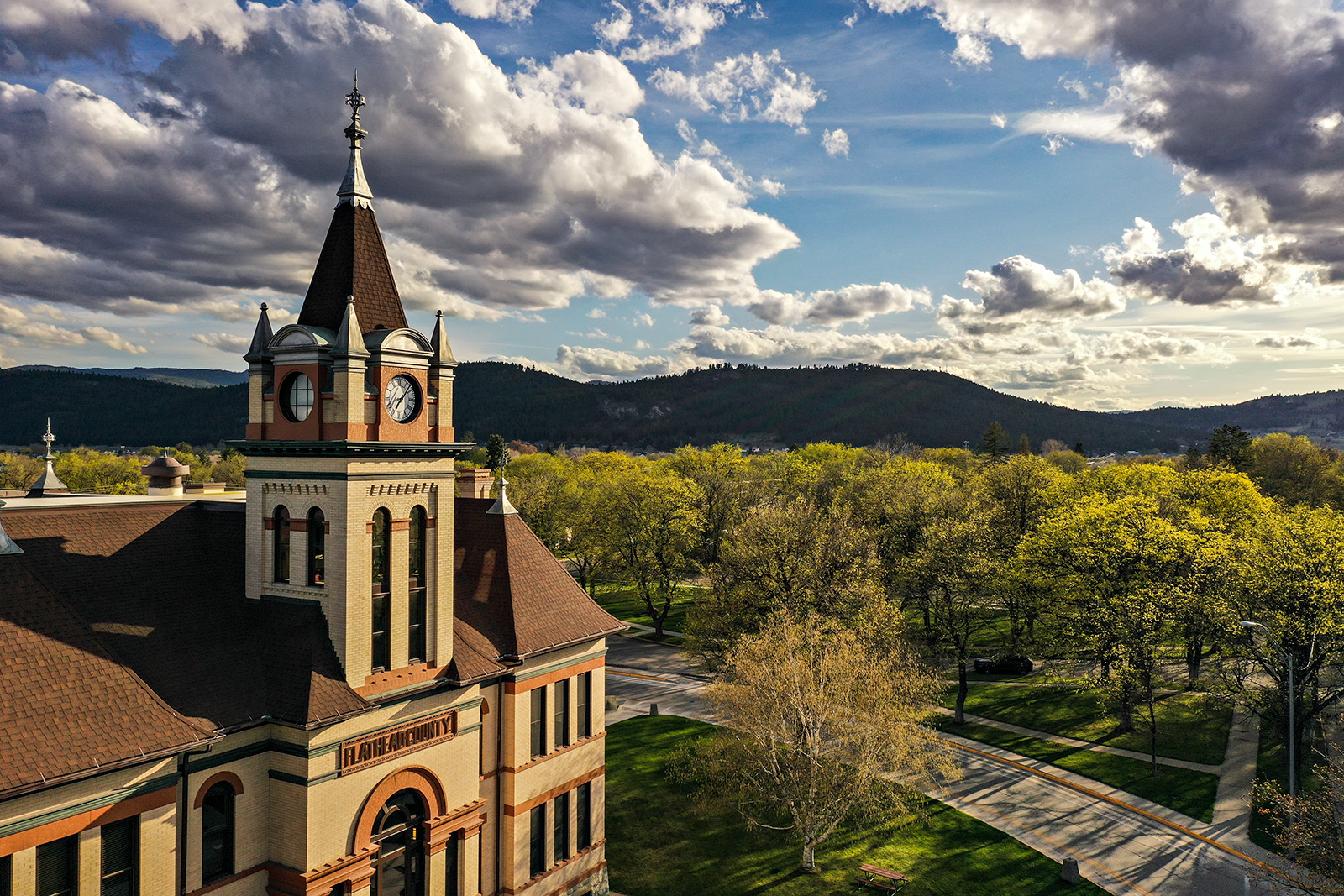Fourteen land use boards and citizen advisory committees at the municipal and county levels have openings, offering a chance for Flathead Valley residents to take part in the public process of government.
There are a total of 31 openings on various neighborhood land use advisory committees, the groups closest to the citizenry during the approval process for new developments and zoning changes. There is also one vacancy on the Whitefish City Planning Board and two on the Columbia Falls-City County Planning and Zoning Commission, which make decisions in the respective municipalities.
Three openings are on the Flathead County Board of Adjustment, which is the final authority to grant variances to the county’s zoning regulations and conditional use permits. There are also three vacancies on the county planning board, which makes recommendations to the Flathead County Commissioners about proposed developments and zone changes.
“We know that residents of the various communities in the Flathead have intimate knowledge of their communities that planning department staff, the county planning board and the commissioners don’t have,” Erik Mack, the Flathead County Planning and Zoning director, said. “Citizen advisors provide valuable input by the time any proposals make it to the county level.”
The process for most developments in Flathead County — those outside the city limits of Kalispell, Whitefish and Columbia Falls — usually involves three levels of public input during the approval process. A proposed subdivision near Bigfork, for example, is first heard by members of the Bigfork Land Use Advisory Committee (BLUAC), then by members of the Flathead County Planning Board, and finally by the three county commissioners. Members of the public can provide written or in person comments at all three stages.
“We can get 100 people to show up for a BLUAC meeting, and then we’ll see 50 people come to the planning board and maybe 10 or 20 will come to the county,” Mack said. “Over the various stages, the public feels like they’ve been heard at that point. It’s also a convenient way to have these conversations right in a community’s backyard, instead of making people have to come to Kalispell to weigh in.”
Mack said that the higher up boards — city and county planning boards, and the county board of adjustment — are easy to fill, given their greater weight in the decision-making process. The Board of Adjustment is the final arbiter on zoning variances and conditional use permits, while the city and county planning boards pass along final recommendations to the their respective governing authority.
The citizen advisory boards, however, are more difficult to fill.
“Places where we’re seeing more development, more files to review like Bigfork, the Middle Canyon, and now Lakeside, there’s a more engaged citizenry,” Mack said.
Several county land use boards haven’t had enough members in recent years to form a quorum, essentially making them moot if a land use filing was ever submitted. The Helena Flats Land Use Advisory Committee has three of seven spots currently filled. The Little Bitterroot Lake committee has none.
Even though most land use boards see limited action each year — Helena Flats has had one meeting in the last six years — they still provide a vital opportunity for public input.
“People are familiar with the areas they live and can provide insight that planning department staff would overlook without those boards,” Mack said. “It’s very valuable to have these boards filled up, even if they’re only called on once or twice.”
Each board has its own eligibility requirements based to where a citizen lives and owns property. To learn more and to apply for any open positions, visit https://flathead.mt.gov/department-directory/planning-zoning.
